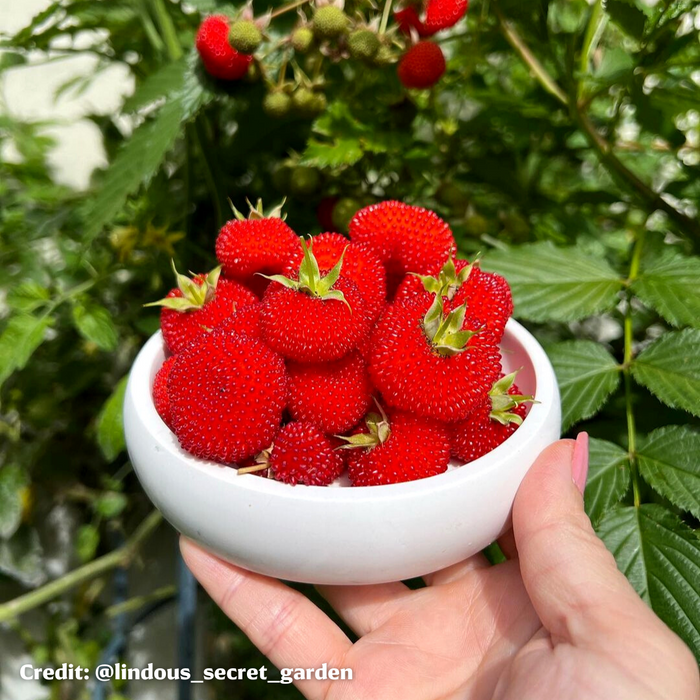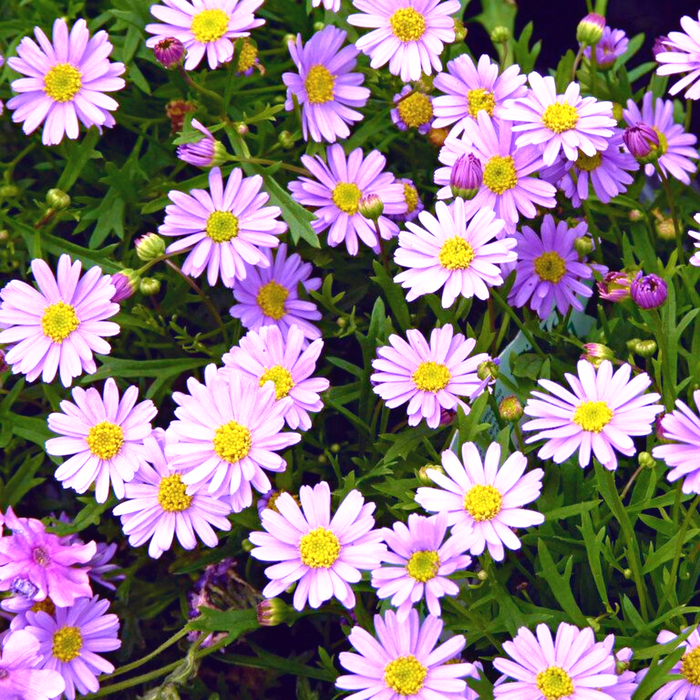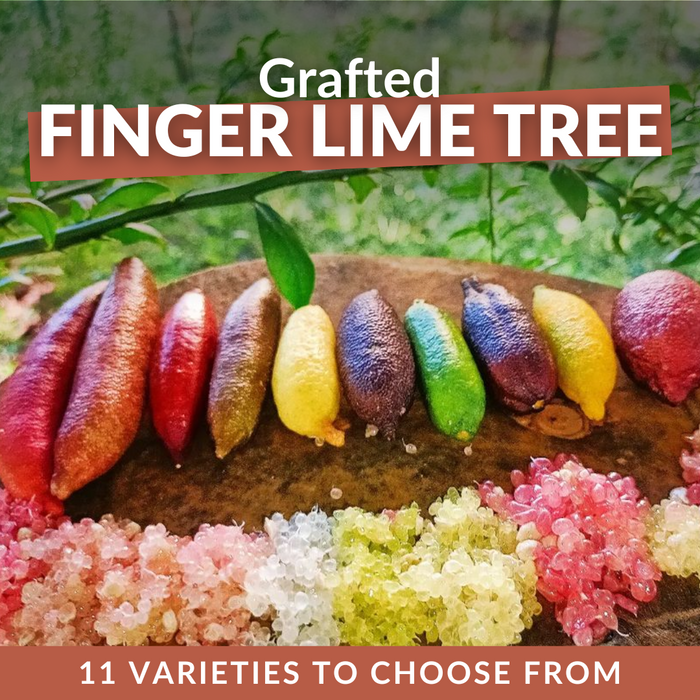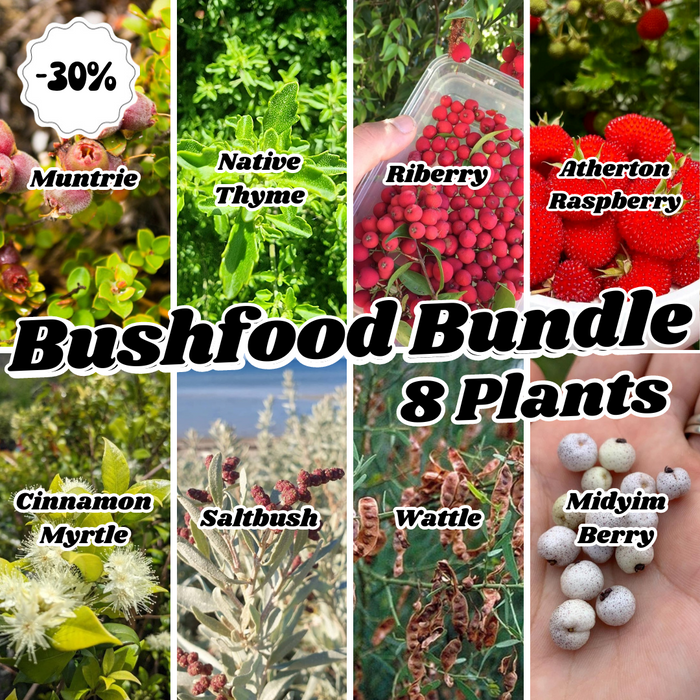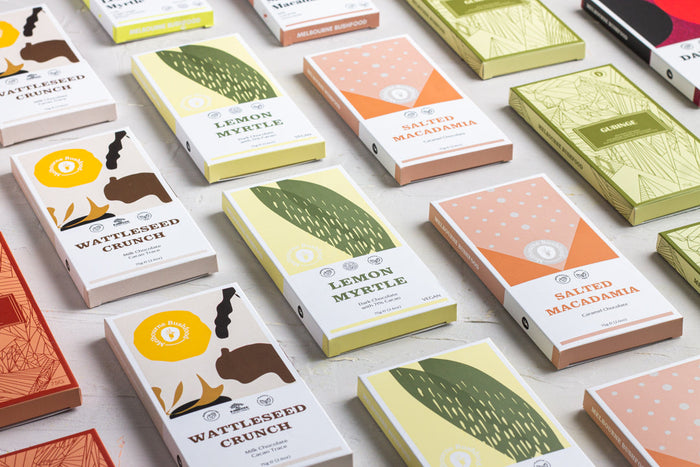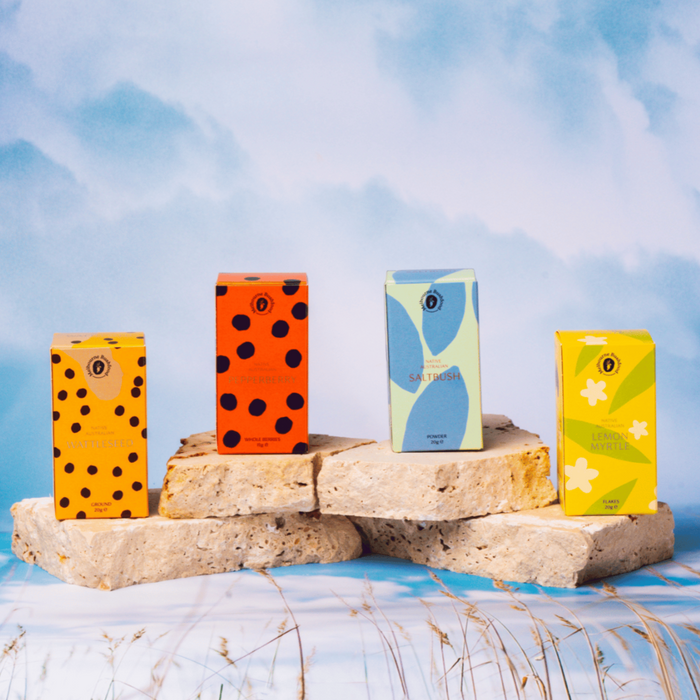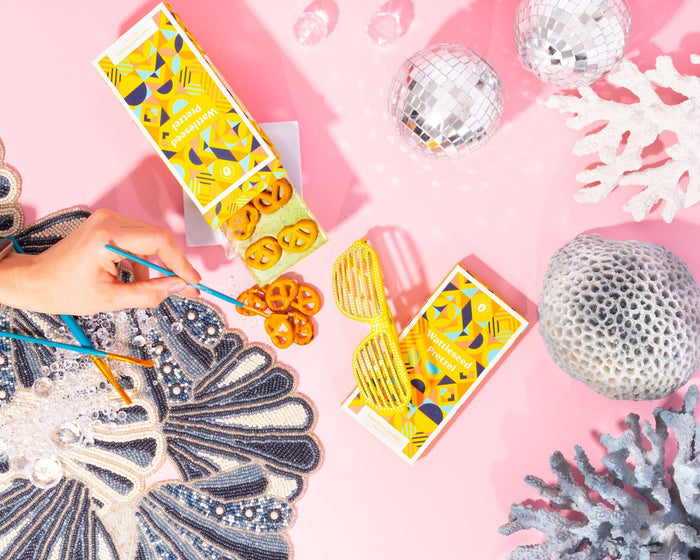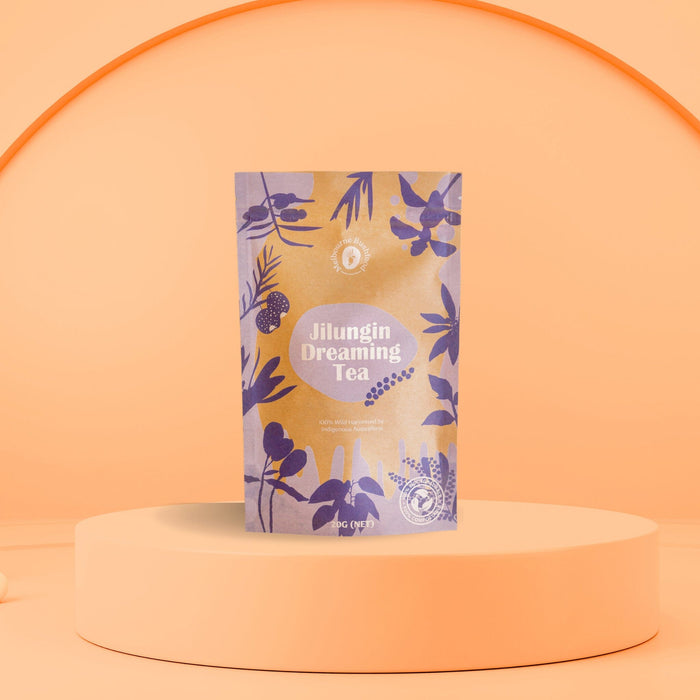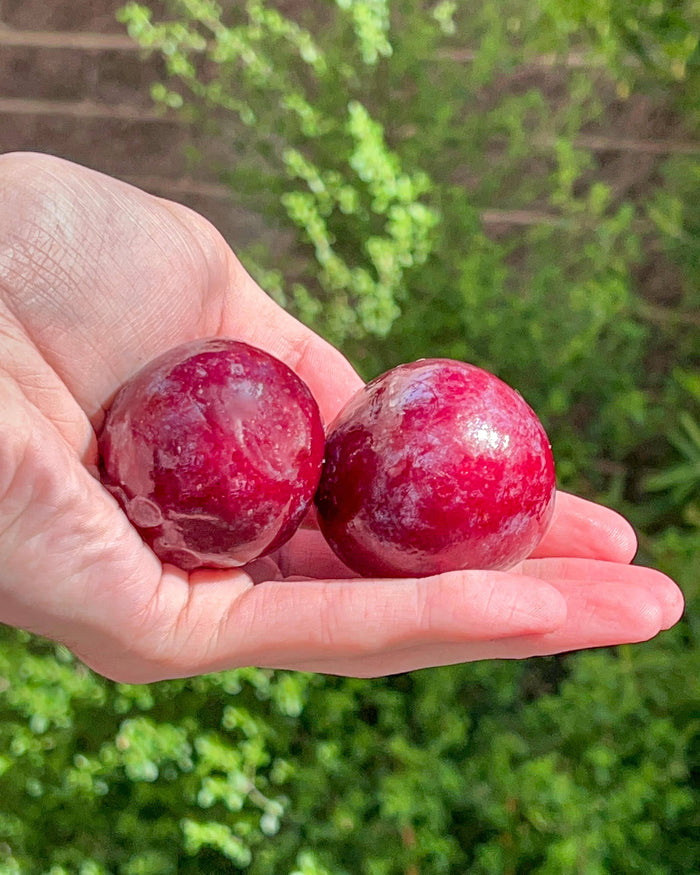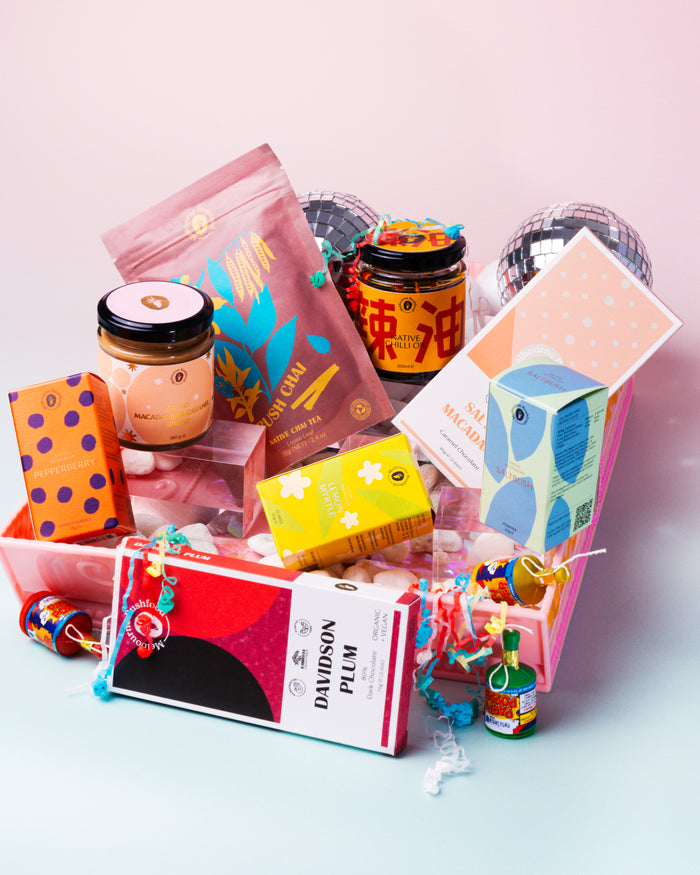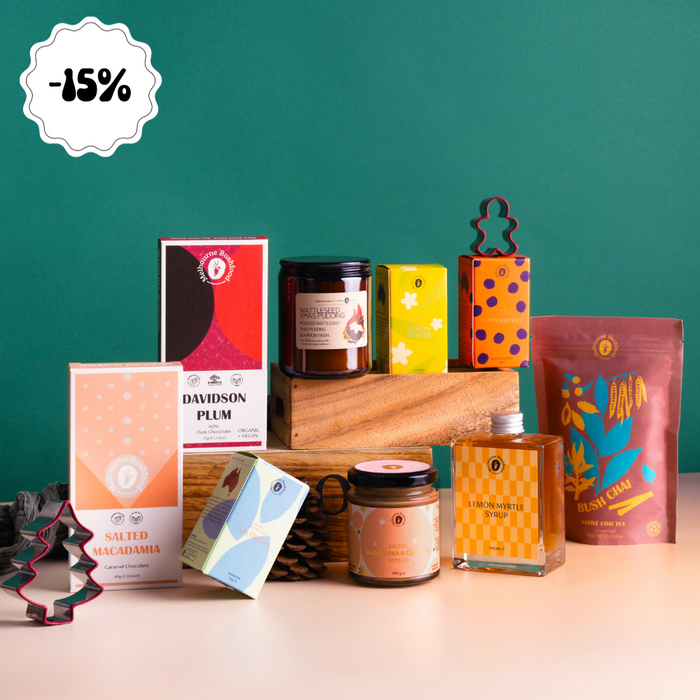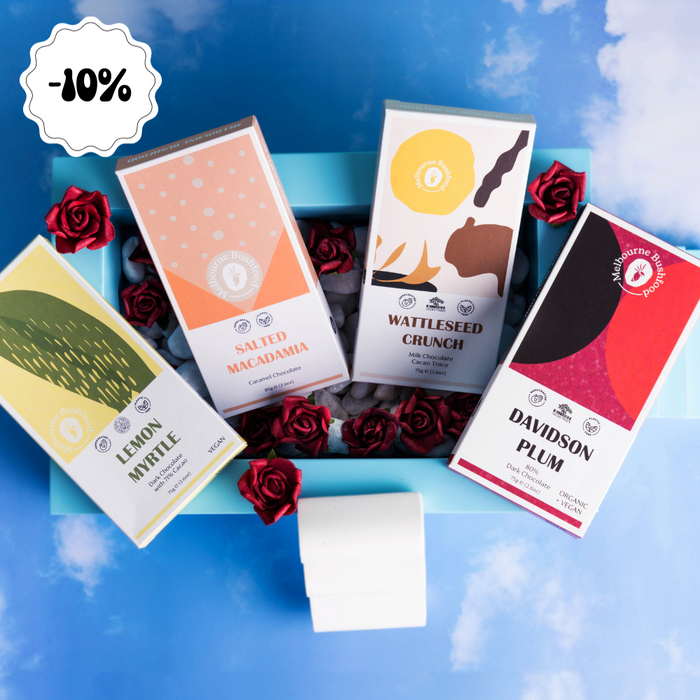

Saltbush - How to Grow Saltbush

Saltbush comes from all across the world with over 250 different plants identified. Not all are palatable, grow well or are edible. In Australia, it's quickly become one of the most wide-spread plants at outback cattle grazing stations as it thrives even in drought conditions and is delicious fodder for the animals.
Origin

Old Man Saltbush flakes
Photo: Melbourne Bushfood
Good for:
- Beginners
- Pots
- Balcony
- Drought
- Cold regions

Water
Drought Tolerant

Sunlight
Part shade/full sun

Size
2m+ high
2m+ wide
Planting
Planting in pots
Saltbush is a no-fuss native bushfood, growing well in pots with gardeners who may become neglectful at time.
For best results, plant in well-draining, premium potting mix.
It has a natural tendency to shoot straight up (like bamboo), so to keep in a neat, hedge-like shape, we suggest trimming and pruning once it reaches 30cm to encourage outwards growth.
Planting in soil
All three species of saltbush (coastal saltbush, old man saltbush, ruby saltbush) are extremely tolerant of a range of soil types. They are tolerant of nutrient-poor soil, clay, loamy, and saline type soils.
When planting, do not disturb the roots, and plant directly into the ground. For best results, aim for a full-sun position, and water with a seaweed solution frequently.
Keep pruned in a hedge shape as Coastal and Old Man Saltbush have a tendency to shoot up like bamboo.
Saline soils tend to give leaves the saltiest flavour.
Maintenace
Watering
Saltbush are extremely drought tolerant. Until established (after a year or two), watering may be required during the warmer weather. During cooler months, reduce the watering.
If grown in pots, underwatering and overwatering may cause damage to the plant which it can completely recover from.
Harvesting
Coastal Saltbush + Old Man Saltbush: The leaves are harvestable immediately. Make sure to wash before using. Enjoy fresh, mix into a salad, or chuck a handful into a stir-fry. Dry the leaves and use as a salt replacement.
Ruby Saltbush: The colourful berries are harvestable when soft and in full colour (late summer), with the fruit being crisp, with a sweet and salty flavour. They're great in salads, or eaten fresh. They are great in a cranberry sauce or other jam used for savoury purposes.
Fertilizing
Fertilize irregularly with a high-quality native fertilizer. We recommend monthly watering of a seaweed solution to maintain plant health.
Other guides:

